
Pin on Famous Women
26. Du Châtelet's chapter on hypotheses captures many aspects of Robert Boyle's account of good and excellent hypotheses. Boyle in Westfall 1956, 103-17. 27. On Du Châtelet as systematizer, especially how she fits into Condillac's scheme of systems as presented in his Treatise on Systems, see Detlefsen (forthcoming).
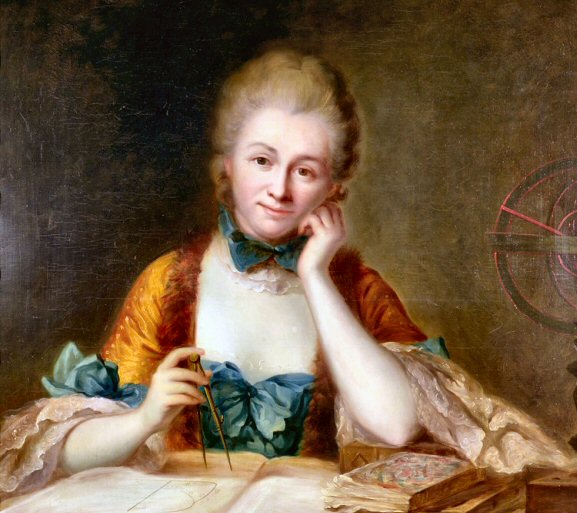
La marquise du Châtelet.
Gabrielle Émilie le Tonnelier de Breteuil, Marquise du Châtelet, was born in 1706 as daughter of Louis Nicolas le Tonnelier de Breteuil (1648-1728), King Louis XIV's principal secretary. Her father's position gave the family some standing and provided Émilie with access to France's aristocratic and intellectual elites early in life.

Emilie du Chatelet, the woman history
Gabrielle-Émilie le Tonnelier de Breteuil, marquise Du Châtelet was born into a highly ranking aristocratic family on 17 December, 1706. In 1725, she married Florent Claude, marquis Du Châtelet-Lomont (1695-1765), a member of the old aristocracy. She gave birth to four children.
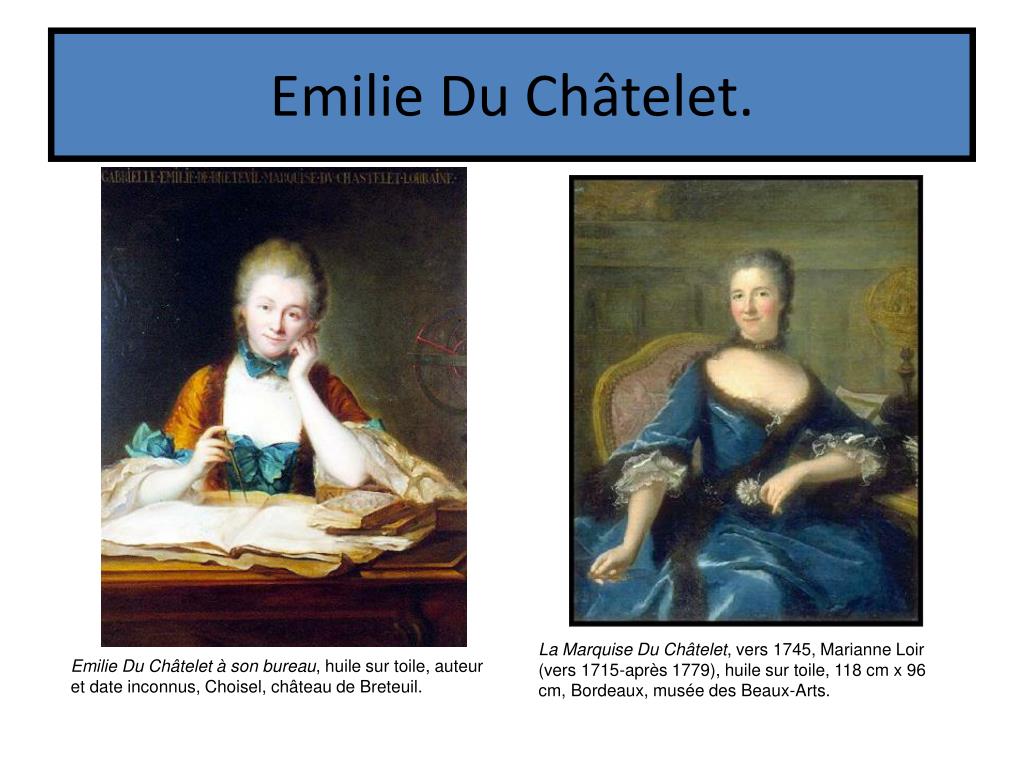
PPT CLASSE DE 4ème . XVIII° siècle. Madame Du Châtelet , femme de sciences et femme du monde
Émilie du Châtelet marcó a toda una generación de matemáticos y físicos franceses, al tiempo que sus ideas filosóficas la convirtieron en una figura clave de la Ilustración europea. Pero.
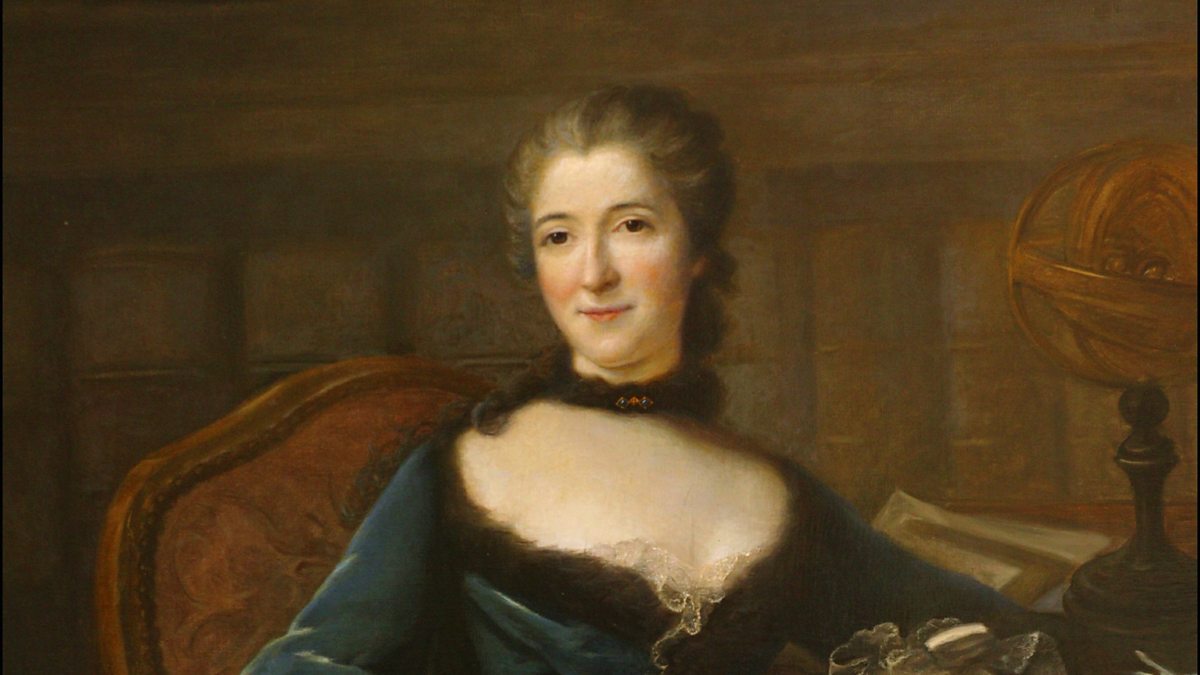
💋 Emilie du chatelet biography. Emilie du Châtelet qui était. 20221018
Have a look at our Du Châtelet digitized critical-historical Manuscript editions, the Saint Petersburg Manuscripts and the Paris Manuscripts! This summer term the Center for the History of Women Philosophers, directed by Ruth E. Hagengruber, will host a Talk Series on Émilie Du Châtelet, cohosted by the Harvard History of Philosophy Workshop.
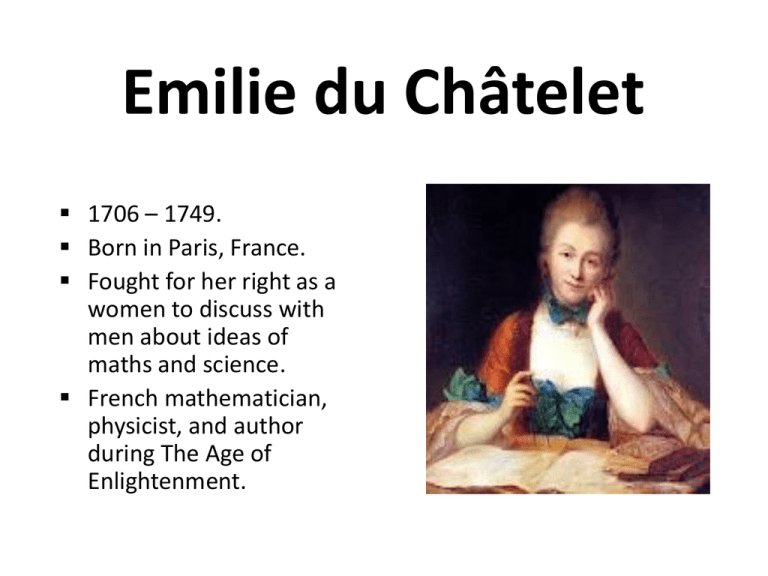
Emilie du Chatelet
Gabrielle Émilie Le Tonnelier de Breteuil, Marquise du Châtelet (French pronunciation: [emili dy ʃɑtlɛ] ⓘ; 17 December 1706 - 10 September 1749) was a French natural philosopher and mathematician from the early 1730s until her death due to complications during childbirth in 1749.. Her most recognized achievement is her translation of and commentary on Isaac Newton's 1687 book.
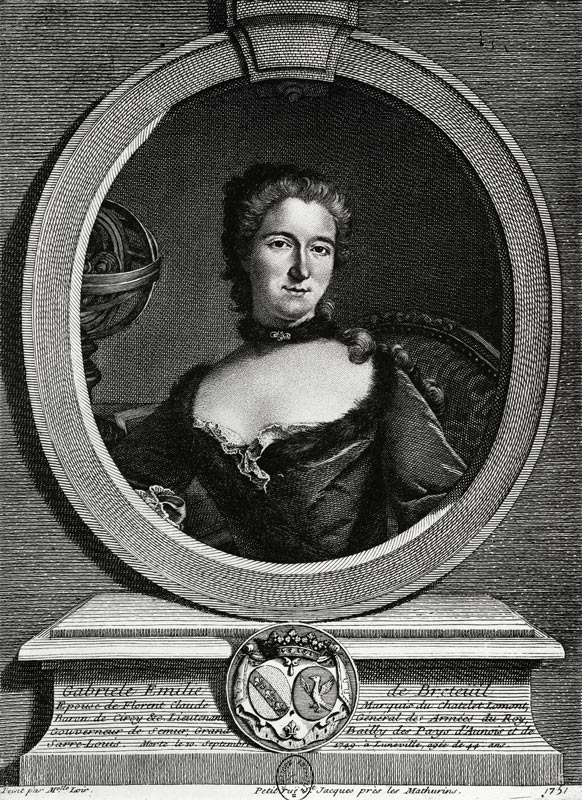
Gabriele Emilie du Chatelet German School, (19th century) en reproducción impresa o copia al
Como se não bastasse o escândalo para a sociedade da época, o marido de Du Châtelet apoiou o romance dos amantes e até se tornou amigo de Voltaire. Tanto que o marido, Voltaire e o amante citado acima, o poeta e soldado Jean François de Saint-Lambert, estavam com ela no dia de sua morte. Madame Newton. A casa de campo para onde Du.

Celebrating Amazing Women — Émilie du Châtelet (17061749) was a physicist,...
Emilie Du Châtelet was a philosopher, physicist, and mathematician, and a key figure in the reception and development of Newtonian mechanics in France and beyond. In 1725, she married the Marquis Florent-Claude Du Châtelet-Lomont (1695-1765), and thereafter received an outstanding education, studying mathematics with Pierre Louis Moreau de.
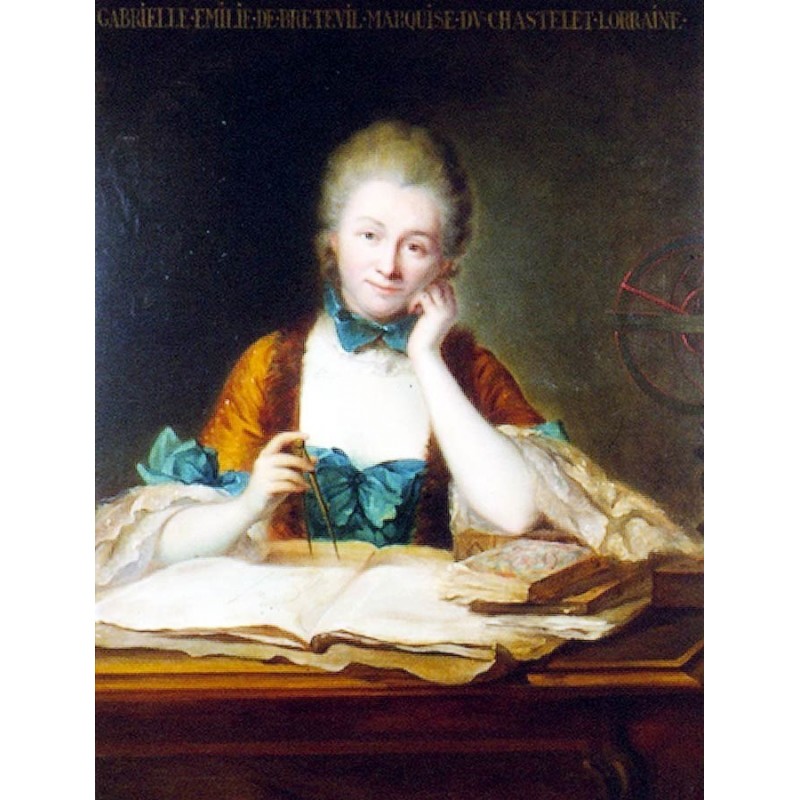
Chatelet Émilie du Châtelet et la physique newtonienne Université Populaire de Philosophie
Ciência e paixão: Émilie du Châtelet e a força feminina no Iluminismo. O Iluminismo foi um movimento cultural e filosófico que promoveu a razão, o pensamento crítico e a liberdade intelectual, fundamentos para promoção do progresso. As ciências tinham papel importante diante desse grande propósito iluminista, pois eram a.
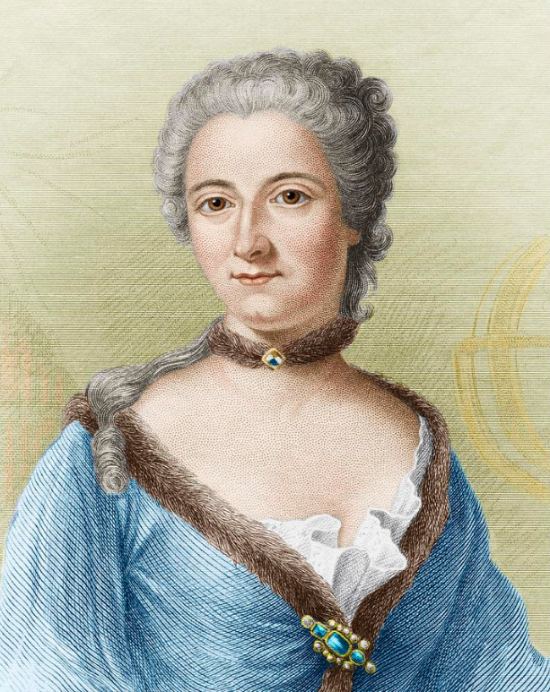
10 septembre 1749 mort de la mathématicienne et physicienne Émilie du Châtelet, amante de Voltaire
Émilie, a matemática revolucionária do século XVIII. Na França do século XVIII, a expectativa de vida era de em média 30 anos, mas a marquesa Émilie du Châtelet (1706 - 1749) contrariou as estatísticas quando engravidou aos 42. Ciente de que tinha os dias contados, a matemática dedicou-se incansavelmente ao trabalho tido como seu.
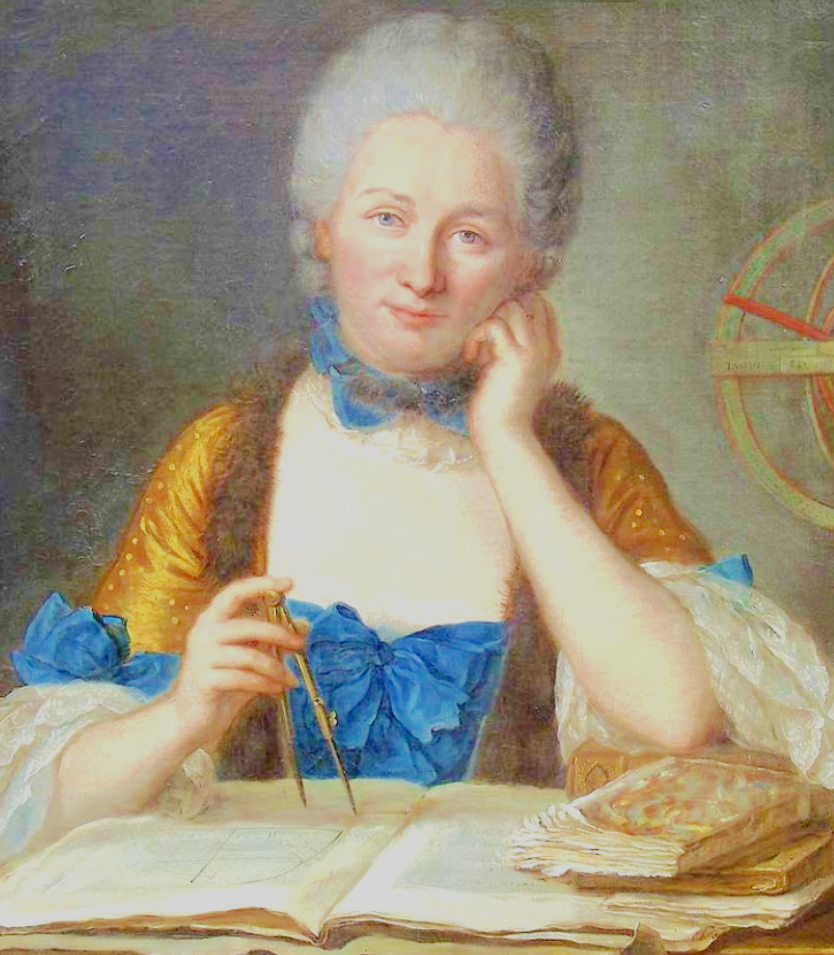
La Confession libertine de la Marquise Émilie du Châtelet Les Athées de Belgique
Émilie du Châtelet teve três romances antes de conhecer Voltaire. Aos vinte e quatro anos de idade, ela teve um caso amoroso com Louis François Armand du Plessis, Duque de Richelieu, que durou um ano e meio. O duque se interessava por literatura e filosofia, e Châtelet era uma das poucas mulheres que podia conversar com ele no mesmo nível.
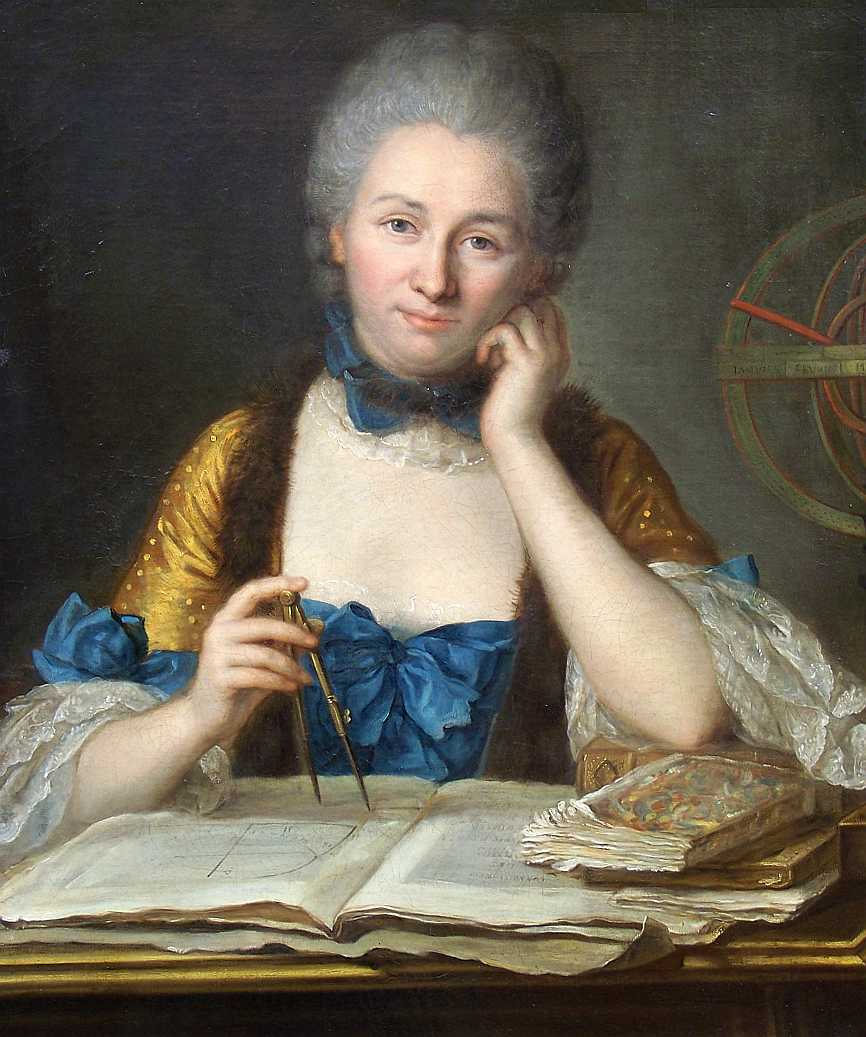
Émilie du Châtelet, physicienne (17061749) Femmes savantes, femmes de science
In 1748, she became pregnant at the age of 42 with the child of her then lover, Jean-François de Saint-Lambert. She bore her fourth child, a daughter, on 4 September 1749 and died on 10 September 1749. In her intellectual work, Du Châtelet focused on natural philosophy, particularly that of Newton, Leibniz and Christian Wolff.
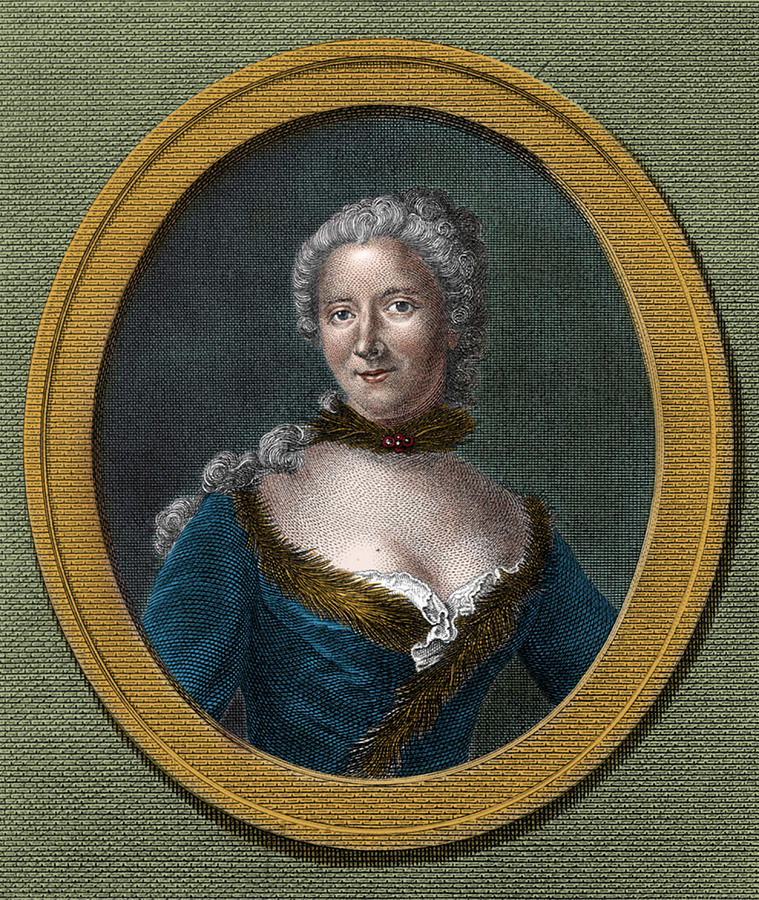
Emilie Du Chatelet, French Mathematician Photograph by Science Source Fine Art America
Émilie Du Châtelet was one of the great figures of the Enlightenment in France. The icon indicates free access to the linked research on JSTOR. Gabrielle Émilie Le Tonnelier de Breteuil, the Marquise Du Châtelet, was for a long time best known as the lover and companion of Voltaire. But the "divine Émilie," as he called her, was a.

Emilie du Châtelet, la science intruse Libération
Por Mitieli Seixas da Silva. Professora adjunta do Departamento de Filosofia da Universidade Federal de Santa Maria - Lattes. PDF - Émilie du Châtelet. Émilie du Châtelet nasceu Gabrielle Émilie le Tonnelier de Breteuil no dia 17 de dezembro de 1706 em Paris. Émilie viveu a primeira metade do século das Luzes, conheceu e contribuiu.
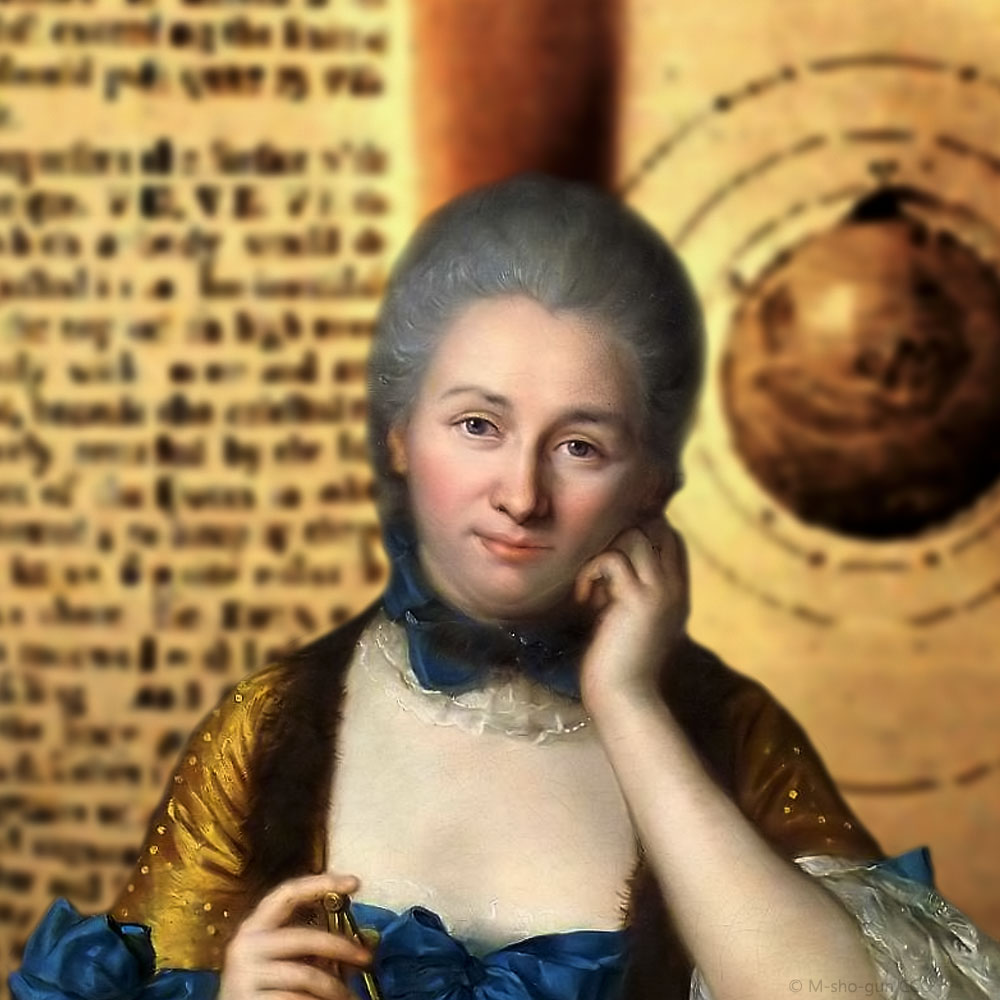
Biographie Émilie du Châtelet Physicienne Futura Sciences
Em 2003, o matemático russo Grigori Perelman (nascido em 1966) provou a Conjectura de Poincaré, que, até então, era um dos problemas não resolvidos mais famosos da matemática.. A prova complexa foi verificada em 2006, mas Perelman recusou dois grandes prêmios que vieram com ela: o Clay Millennium Prize, de US $ 1 milhão, e a Fields Medal, que é o maior reconhecimento em matemática.

Emilie du Châtelet ou l’ambition féminine au XVIIIè siècle
O livro é bem recebido na sociedade parisiense, circula pelas livrarias e deixa o nome de Émilie flutuando pelas bocas de homens e mulheres. A Duquesa de Aiguillon, que conhecia o suficiente de matemática, diz em carta para Maupertuis: "A Sra. Du Châtelet deu-me o seu livro, que ainda não saiu.
- Exame Físico Inspeção Palpação Percussão Ausculta
- Tabela De Altura Eua E Brasil
- Fly Me To The Moon Anime
- A Estudante Russa Anita Malfatti
- Ato De Improbidade O Que é
- Animal Que Tem Listras Com 6 Letras
- Bolo Em Fatias Para Aniversário
- Kobayashi San No Maid Dragon Kanna
- Soft Power O Que é
- Musica Do Filme Cidade Dos Anjos